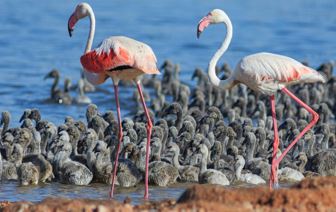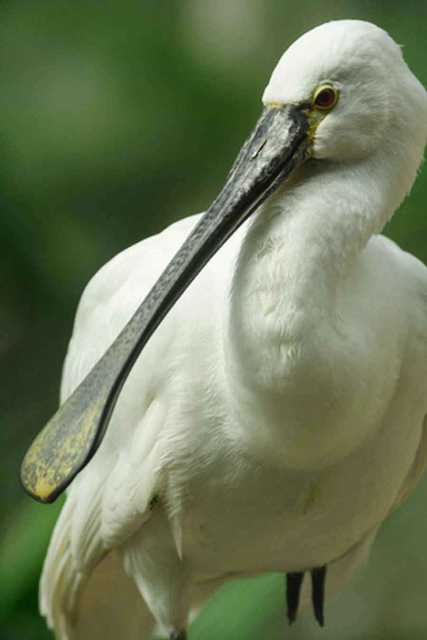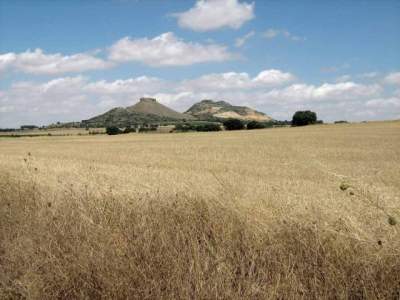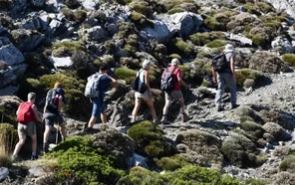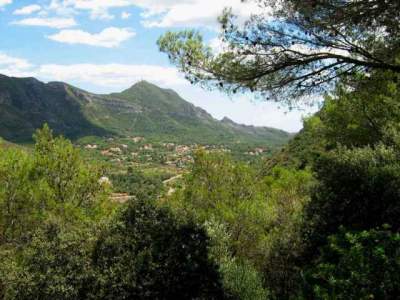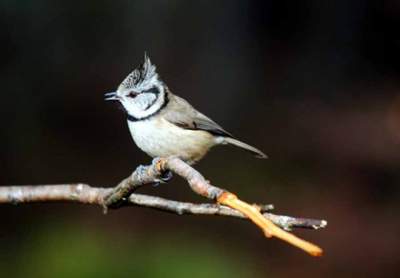Twitching Bird Watching Costa Blanca Twitchers
Bird Watching Costa Blanca the geographical position of Spain as a country means that it is located directly on a major bird migration route for a vast array of species. The fact that many migrating birds use the coastline as an aid to navigation means that they pass over and stop off along the Valencian coast.
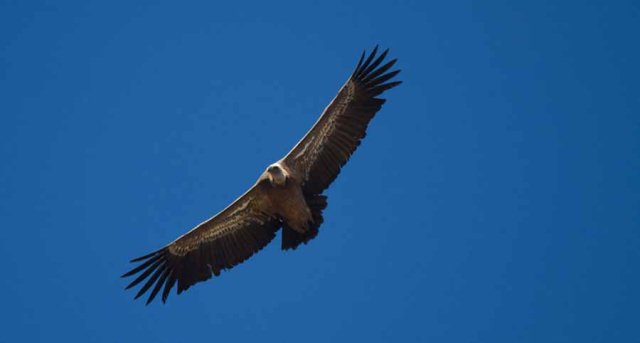
The east coast of Spain, particularly the area that lies within the Valencian Community, offers some of the best bird watching in Europe.
Of course, bird life in Spain is exceptional, by anyone’s standards, but this is all the more notable in the Valencia region of Spain.
Indeed, bird watching in Valencia is unusual for its extraordinary diversity. This is due to two key factors:
Firstly, the geographical position for bird watching ln Spain as a country means that you are now located directly on a major migration route for a vast array of species.
The fact that many migrating birds use the coastline as an aid to navigation means that they pass over and stop off along the Valencian coast.
You are Now Invited
Bird Watching Costa Blanca
Secondly, the major positive influence for bird watching in Valencia is the hugely diverse habitat range.
As a result, there are terrific opportunities to see a bewildering array of bird species – so much so that many people coming for bird watching in Spain naturally head for the Valencia region.
This has a startling array of different habitats that support numerous different species:
Albufera de Valencia
Perhaps the best-known birding site in the Valencian Community is the Albufera de Valencia, an internationally important coastal wetland immediately to the south of the city of Valencia.
The area covers over 21,000 hectares and is now declared a Natural Park and does enjoy some form of environmental protection (more on that later!).
Albufera de Valencia comprises a huge fresh water lake of 3,000 hectares in surface area, rice fields, reed beds, coastal wooded areas and a series of smaller ponds and canals.
IRRIGATION CANAL – ALBUFERA DE VALENCIA
There is a visitor centre with hides and an observation tower, although nothing on the scale of (say) RSPB reserves in the UK.
It has to be said that there is a huge amount of excellent work being done by some exceptionally dedicated organisations, although like most birding areas in Spain, the area is still not that user-friendly to the visiting birder.
This tends to mean that you are unlikely to get the best out of your bird watching trip, unless you know exactly where to go.
The species list for Albufera is too numerous to include fully here, save to say that its Mediterranean coastal location and varied habitat means that it´s worth a visit at all times of year.
Migration timing
Spring and Autumn migration in Spain is always interesting. The breeding season is superb for all the European Herons, Egrets and countless waders. Winter, when temperatures are extremely mild, bring in an array of visitors from Northern Europe and beyond.
Needless to say, the best way to enjoy and maximise seeing the bird life in Albufera is to take a guided bird watching tour with a local professional bird watching guide.
They will know the “hotspots” and will also be aware of the optimum periods for bird watching in Albufera.
My last guiding trip to Albufera was at the end of September.
We visited the hides first then spent the day covering the whole of the Albufera area, stopping off at some favourite hotspots for birding in Valencia.
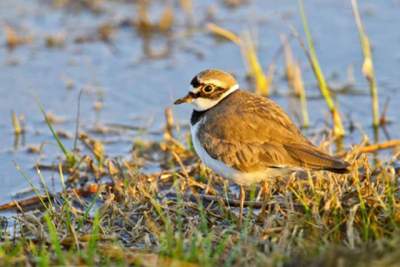
LITTLE RINGED PLOVERS ARE REGULAR WINTER VISITORS TO ALBUFERA
There were a surprising number of straggling summer visitors, including a few Collared Pratincoles, and numerous Black Winged Stilts (although the latter are tending to over-winter along the coast), Little Ringed Plovers and Squacco Herons.
Regulars included Avocet, Greater Flamingo, Marsh Harrier, Fan Tailed Warbler and Purple Gallinule which have done well throughout the Valencian coast of Spain over the past 3 years.
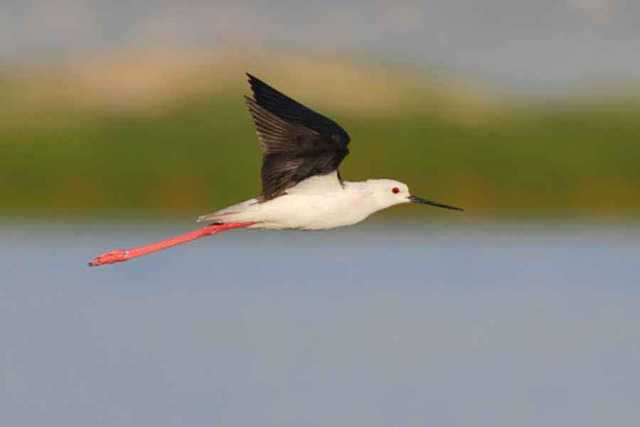
BLACK WINGED STILTS ARE INCREASINGLY OVER-WINTERING IN VALENCIA
Some early winter arrivals included Snipe and Little Stint, but the best spectacle was enjoyed towards the end of the day when a group of 5 pale form Booted Eagles passed over.
As we were watching them, one dived into the rice fields and took a juvenile Moorhen!
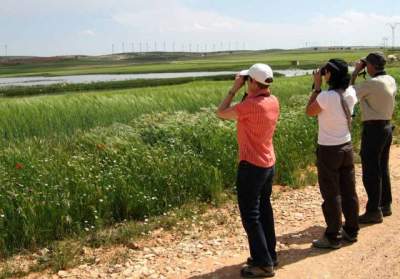
BIRD WATCHING GROUP ENJOYING THE SIGHTS IN VALENCIA
Other Coastal Wetlands in Valencia.

THE COLLARED PRATINCOLE IS A REGULAR BREEDING BIRD ON THE VALENCIAN COASTLINE Valencian Coastline
The Valencian coastline offers much more for people interested in birding in Spain than just Albufera, and within an easy day´s reach are a number of other superb sites.
Over this summer and into the autumn I´ve been fortunate enough to enjoy watching a number of superb species to be found in the coastal wet lands of Valencia including: the Glossy Ibis, Spoonbill, Water Rail and Purple Heron.
THE BLUETHROAT IS A REGULAR WINTER VISITOR TO THE VALENCIAN REEDBEDS
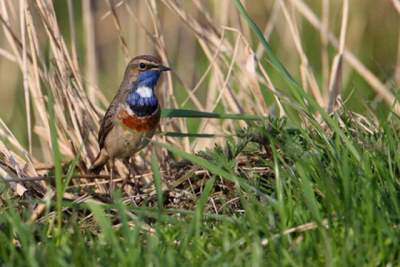
I´ve also enjoyed rare delights such as White Headed Duck and Marbled Duck in Valencia.
My winter outings have been rewarded with views of Bittern, Bluethroat, Iberian Grey Shrike and Marsh Harrier.
SPOONBILL CAN BE RECLUSIVE BUT ARE OFTEN FOUND ALONG THE VALENCIAN COASTLINE
A favourite bird watching trip in Valencia for me is one that takes in a pebble beach before heading inland, passing a number of lagoons and reed beds before returning through coastal heathland and later rice fields.
Every trip is different and there´s always some unexpected occurrence…like the time when we were sitting enjoying a sandwich in the autumn sunshine and were treated to Marbled Duck and Purple Gallinule in the same binocular field of view!
Up onto the Spanish Steppe.
Again, within an easy day´s outing lies the seemingly endless plains of Castilla de la Mancha.
Much of this vast area is given over to cereal farming with some vineyards plus a number of lagoons.
The majority of the Valencian Steppe comprises a huge area that sits at over 900 metres above sea level, making summers extremely hot and winters bitterly cold.
However, it´s always worth a birding trip to Spain and this is one of the best areas to watch Great Bustards in the country.
THE STEPPE OF SPAIN PROVIDES WILDLIFE IN SPAIN WITH A UNIQUE ENVIRONMENT
The farming villages of the Spanish Steppe remain the same today as they were years ago and one can often watch as Rock Sparrows flit in and out of the old stone buildings.
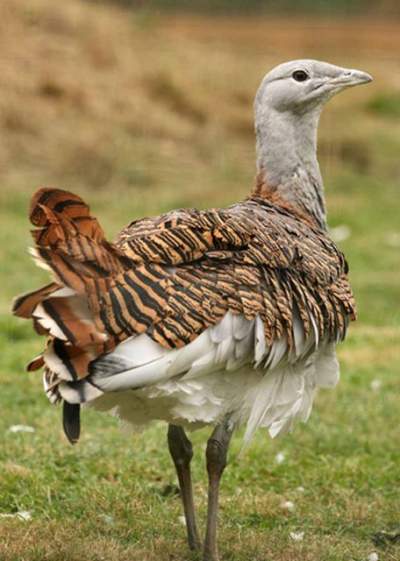
THE GREAT BUSTARD IS EUROPE’S HEAVIEST BIRD AND CAN BE SEEN ON THE VALENCIAN STEPPE
Larks are also well represented with Crested and Calandra being reliable. Dotterel often drop by on their migration routes as do Whinchat and Wheatear.
The lagoons are good for breeding Black Winged Stilt, Red Crested Pochard, Black Necked Grebe and Whiskered Tern.
FLAMINGOES ARE RESIDENT THROUGHOUT THE VALENCIAN REGION
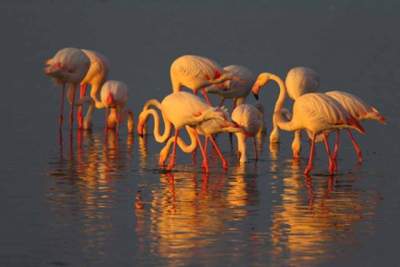
Flamingoes are also seen in good numbers, as are waders such as Ringed Plovers, Wood Sandpiper, Curlew Sandpiper and Avocet.
Raptors are numerous owing to the rabbit population with Buzzards and Booted Eagles being regulars.
Los flamencos comienzan su cortejo – Laguna de La Mata from youtube
1 Feb 2022 • February is the month of love and flamingos are already carrying out their courtship, the first step in their reproductive cycle.
These beautiful images have been recorded by our colleagues Joaquín, Sergio and Pedro this morning in the La Mata lagoon.
In them you can see, and also hear, that procession.
The males raise their necks, display their wings and squawk in order to attract the attention of the females. Hopefully we can see a new generation of little flamingos in our natural park in the coming months.
Hiking Retreats in Spain.
The best Hiking Retreats in Spain to explore beautiful landscapes and scenery
When it comes to Hiking Holiday destinations, Spain emerges as an enticing choice with its wide range of options for outdoor enthusiasts.
Birding in the Spanish Mountains & Heathland.
The hanging valley in which I live is bounded by craggy mountains on either side, whilst the lower reaches are covered in Mediterranean Scrub.
THE MOUNTAIN VILLAGE OF LA DROVA IS SURROUNDED BY CRAGS AND SCRUBLAND WHICH HAS A HUGELY DIVERSE RANGE OF BIRD SPECIES
Although the valley is just 4km long, our recorded year round species list currently stands at 76 – which just shows how exceptional birding in the Spanish mountains and heathland can be!
Regular garden birds include Blackcap, Crested Tit, Crossbill and Black Redstart. Higher up on the crags there are often Raven, Chough, Blue Rock Thrush, Sardinian Warbler and Peregrine.
Spring brings through hundreds of Bee Eaters plus Golden Oriole, Melodious Warbler, Wryneck and Red Rumped Swallow.
THE CRESTED TIT IS A REGULAR GARDEN VISITOR IN LA DROVA
As with many locations, there are often wonderful surprises, like a few weeks ago when a loud screeching interrupted the peaceful morning stillness.
I quickly grabbed my binoculars and watched as a pair of Short Toad Eagles passed through the valley. Other passing highlights have included Golden Eagle and Griffon Vulture.
The Future of Birding in Spain
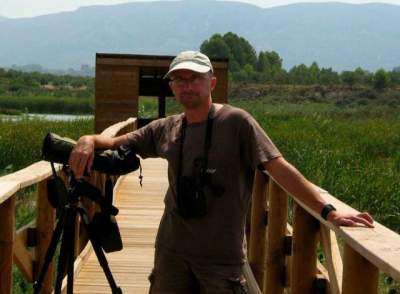
DAVID WARRINGTON – EXPERT BIRD WATCHING GUIDE
Owing to its geographical position, habitat range and climate there is outstanding bird life in Spain – as anyone who has been bird watching in Valencia, for example, will confirm.
The big challenge facing conservationists, Eco-Tourism Guides and those interested in bird watching in Europe is that of education – with this of particularly vital importance to Spain and the younger generations of Spaniards.
For centuries hunting has formed an integral part of Spanish culture, and whilst there is control and, no doubt, many law abiding hunters, there are still horror stories.
However, I do believe that the future is positive…conservation is gaining an initial foot-hold in modern Spanish culture and associations are becoming better organised with the younger generations keen to learn more.
Education and raising awareness, of course, lie at the heart of future progress.
Perhaps the most important point to appreciate, for anyone interested in birding in Europe, is that Spain has so much to offer!
Indeed, there´s so much more to this wonderful country than beaches and sun with the beautiful countryside alive with hundreds of bird species – making bird watching in Spain a paradise for any keen birder.
Let’s just hope that, as the economy struggles on, the authorities grasp the fact that Eco-Tourism and Conservation can play a significant part in the future of Spain with the fauna of Spain of strategic importance.
Written by David Warrington who is a professional Bird Watching Guide in Spain. David lives in the village of La Drova in Valencia and offers value for money guided bird watching tours in Spain for groups and individuals, throughout the Valencian Community.
For details of David’s Guided Bird Watching tours in the Valencia area either go to www.valenciabirding.com or email him at mailto:naturetrailspain@gmailmail.com
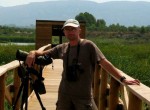
##################################
Your Daily outings Costa Blanca with the Family
Daily Outings A day out on The Costa Blanca Plan before you go on Holiday many places of interest Discover what will interest you now
########################################
Bird Watching Costa Blanca
Castles Valencia Region now you can make a visit💋
Bird Watching
You are now Bird Watching
Bird Watching Twitching
Optimised Aug 29 H 88 P100 Feb 15 April 4 Aug 2 F you are now bird watching ln Spain goo 4th March 2024 6 November 2024
Spain Info
Urb Marina, San Fulgencio, 03177, Alicante, Spain
Site Disclaimer
Disclaimer: Whilst every effort has been made to provide accurate information, no liability will be accepted for misinterpretation, misrepresentation, errors or omissions - the information provided by our Websites is for use as a guide only and is issued in good faith as information..
All photographs images and FILM material is subject to the understanding that as they are in the public domain they can be used and shared as seen to be appropriate and unless showing a sign that they are covered by copyright law. This also covers Social media operations.
1999---2026
